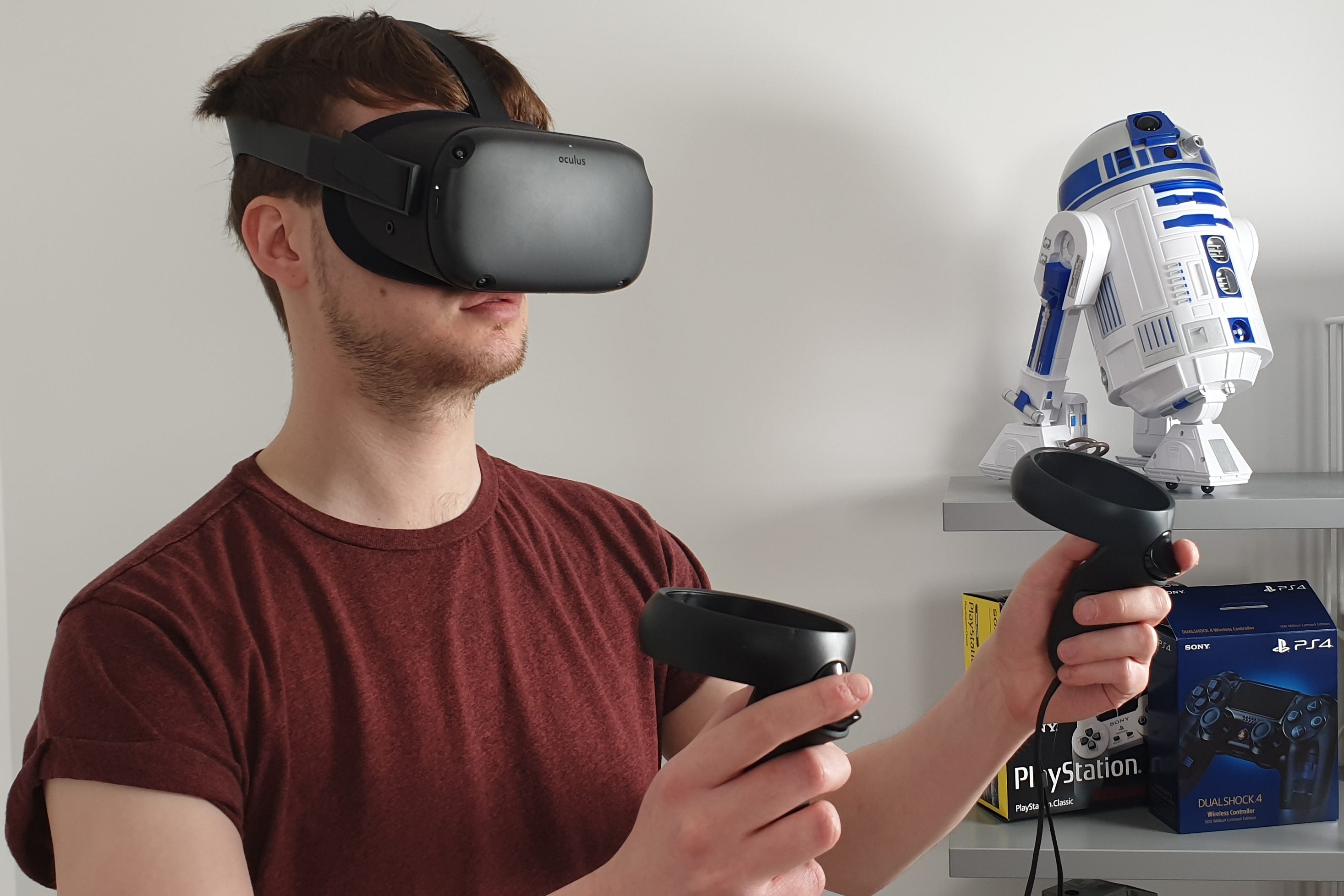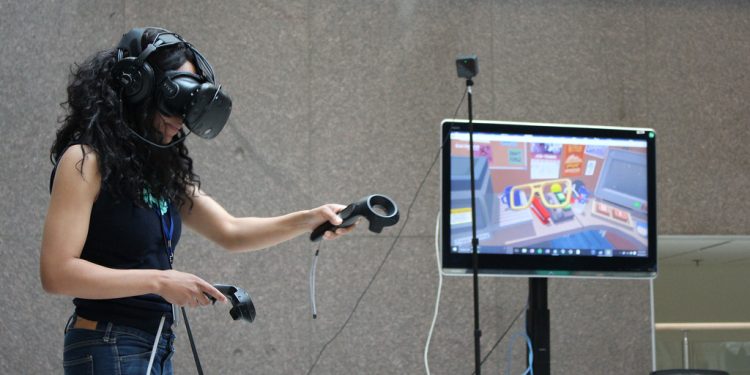Immerse yourself in a realm where education transcends the confines of physical boundaries – engulfing students, and educators alike, in a dynamic universe of interactive learning. Where lessons no longer dwell in textbooks alone, but leap off the pages and come to life before your very eyes. Welcome aboard our journey into the fascinating world of virtual reality (VR) in education: a pathway that is redefining learning landscapes, shattering the barriers of conventional methodologies and paving the way to an innovative future. Yes, buckle up for this riveting ride into tomorrow, because the future – contrary to popular belief – is already here.
As we usher in a new digital era, Virtual Reality (VR) has bubbled to the surface as a pioneer of educational innovation. Moving beyond the confines of traditional whiteboard and textbook methods, VR plunges students right into the heart of the learning experience. Whether it’s scuba-diving in the Great Barrier Reef to learn about coral ecology or reliving the Yankee Stadium’s jubilations of 1923 to enrich historic understanding, VR is empowering learning like never before.
Curiosity is a trafficker of learning and VR turns up that curiosity quotient up by several notches. The following aspects make VR an unbeatable edtech tool:
- Simulating Complex Concepts : Be it understanding the Pythagorean theorem or the geography of the Himalayas, VR turns complex concepts into digestible bits of virtual explorations.
- Tailored Learning : VR adjusts educational content according to a student’s learning speed, serving up tailored modules that match individual understanding levels.
- Revolutionizing Special Education : Through sensory output and interactive settings, VR is leveling the playing field for students with disabilities, bridging the educational gap one simulation at a time.
As promising as VR appears, it’s crucial to underscore that the success of VR in education rests on effective utilization and implementation. Adequate teacher training is a necessary starter to understanding and integrating VR in classrooms adequately. The affordability and quality of VR headsets and equipment cannot be overlooked. Finally, curriculum compatibility is equally important – VR experiences must be drafted in tandem with the curriculum to ensure maximized learning outcomes.
The disruptive intersection of VR and education may sound straight off a sci-fi novel, but the future is here, and it’s wearing a headgear. The key lies in embracing this transformative technology to unleash the extraordinary potential that lies within the world of learning.
In the vast landscape of education, we are standing at the precipice of a revolutionary change; education is unlocking its dimensionality. With the advent of virtual reality in education, our doors to limitless imagination have been flung open. As we tread uncharted territories, our classrooms are no longer confined to four walls but have expanded beyond horizons. The seeds of futuristic learning have been sown, lending wings to the realm of education, fostering boundless growth and perspective among learners. With VR, we are not just observing the future, we are living it. Prepare to take that quantum leap, for the future of education is not on the horizon anymore – it has arrived. Step into this exciting evolution of learning. Prepare to be spell-bound because in this new reality, the world is your classroom!






